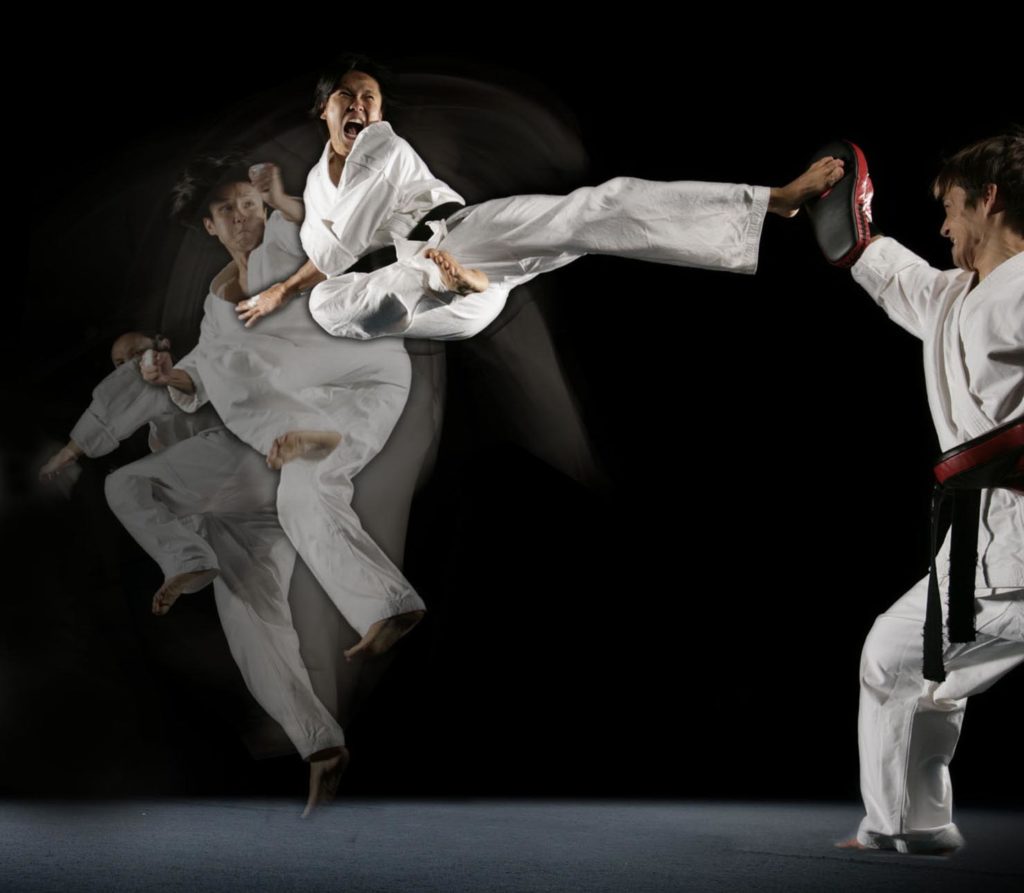All that is to know about Martial Arts
– Reading Time: 7 min Approx
“For how can a man die better
Than facing fearful odds
Defending the ashes of his father
And the temple of the gods?”
-Thomas Babington Macaulay
Human warfare dates back to the Epipalaeolithic to early Neolithic era. The oldest works of art depicting scenes of battle are cave paintings from eastern Spain (Spanish Levante) dated between 10,000 and 6,000 BC that show organized groups fighting with bows and arrows. Similar evidence of warfare has been found in Epipalaeolithic to early Neolithic era mass burials, excavated in Germany and at Jebel Sahaba in Northern Sudan.

Wrestling is the oldest known combat sport, with origins in hand-to-hand combat. Belt wrestling was depicted in works of art from Mesopotamia and Ancient Egypt circa 3000 BC, and later in the Sumerian Epic of Gilgamesh. The earliest known depiction of boxing comes from a Sumerian relief in Mesopotamia (modern Iraq) from the 3rd millennium BC.
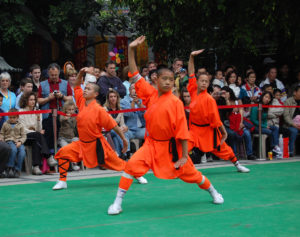
Chinese martial arts originated during the legendary, possibly apocryphal, Xia Dynasty more than 4000 years ago. It is said the Yellow Emperor Huangdi (legendary date of ascension 2698 BC) introduced the earliest fighting systems to China. The Yellow Emperor is described as a famous general who before becoming China’s leader wrote lengthy treatises on medicine, astrology and martial arts. One of his main opponents was Chi You who was credited as the creator of Jiao Di, a forerunner to the modern art of Chinese wrestling.

The foundation of modern Asian martial arts is likely a blend of early Chinese and Indian martial arts. During the Warring States period of Chinese history (480-221 BC) extensive development in martial philosophy and strategy emerged, as described by Sun Tzu in The Art of War (c. 350 BC). Legendary accounts link the origin of Shaolinquan to the spread of Buddhism from ancient India during the early 5th century AD, with the figure of Bodhi-dharma, to China. Written evidence of martial arts in Southern India dates back to the Sangam literature of about the 2nd century BC to the 2nd century AD. The combat techniques of the Sangam period were the earliest precursors to Kalaripayattu.
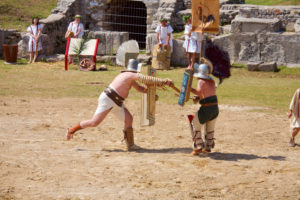
The martial art of boxing was practiced in ancient Thera. In Europe, the earliest sources of martial arts traditions date to Ancient Greece. Boxing (pygme, pyx), wrestling (pale) and pankration were represented in the Ancient Olympic Games. The Romans produced gladiatorial combat as a public spectacle.
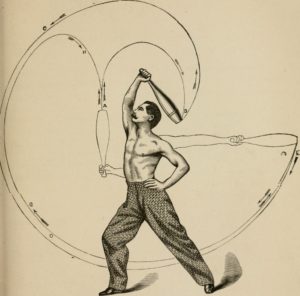
A number of historical combat manuals have survived from the European Middle Ages. This includes such styles as sword and shield, two-handed sword fighting and other types of melee weapons besides unarmed combat. Amongst these are transcriptions of Johannes Liechtenauer’s mnemonic poem on the long sword dating back to the late fourteenth century. Likewise, Asian martial arts became well-documented during the medieval period, Japanese martial arts beginning with the establishment of the samurai nobility in the 12th century, Chinese martial arts with Ming era treatises such as Ji Xiao Xin Shu, Indian martial arts in medieval texts such as the Agni Purana and the Malla Purana, and Korean martial arts from the Joseon era and texts such as Muyejebo (1598).
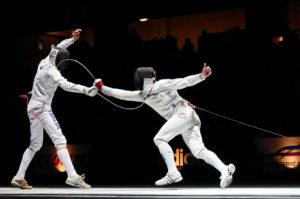
European swordsmanship always had a sportive component, but the duel was always a possibility until World War I. Modern sport fencing began developing during the 19th century as the French and Italian military academies began codifying instruction. The Olympic Games led to standard international rules, with the ‘Féderation Internationale d’Escrime’ founded in 1913. Modern boxing originates with Jack Broughton’s rules in the 18th century, and reaches its present form with the Marquess of Queensberry Rules of 1867. Since the history of evolution; human beings have been developing sets of survival skills and tools to defend themselves.
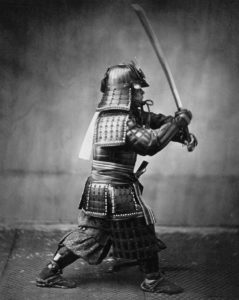
During that process, Martial arts took birth. Martial arts are codified systems and traditions of combat, practiced for a number of reasons such as self-defence; military and law enforcement applications; competition; physical, mental and spiritual development. The term ‘Martial art’ is derived from Latin and means “arts of Mars”, the Roman god of war.
The world is full of different kinds of martial arts and nearly every country has their own fighting style. But what are the fighting styles that put themselves above from the rest? What are the most deadly and efficient fighting styles capable of disarming an armed opponent or defeating multiple opponents simultaneously? It may even surprise you that there some martial arts that are specifically designed to break bones instead of boards. In the subsequent episode we shall take a look at the core martial arts in the world.
….. To Be Continued

